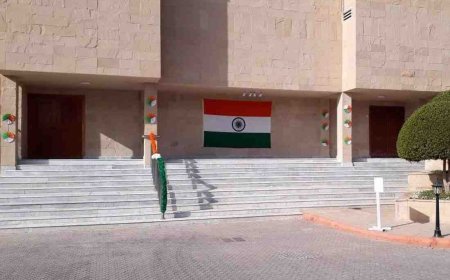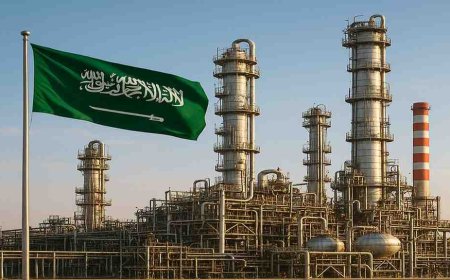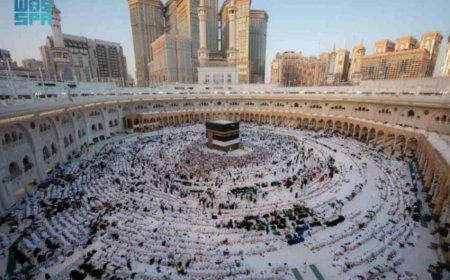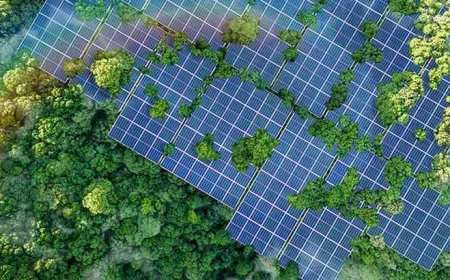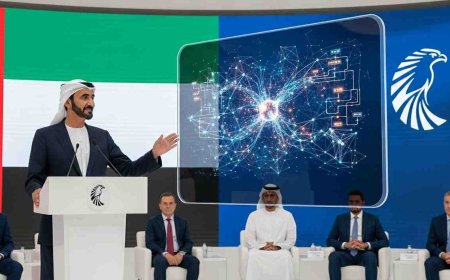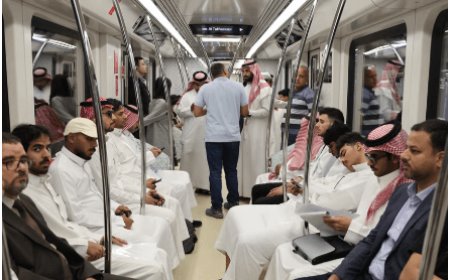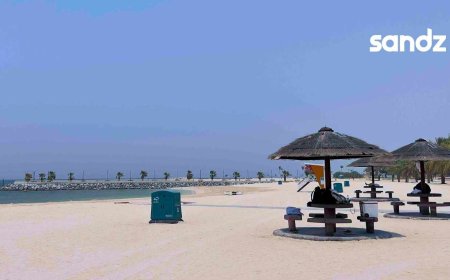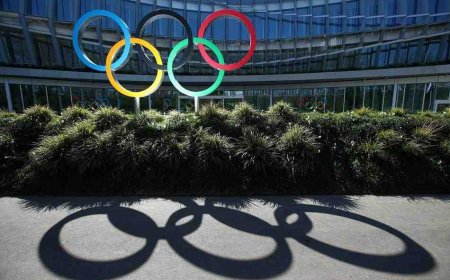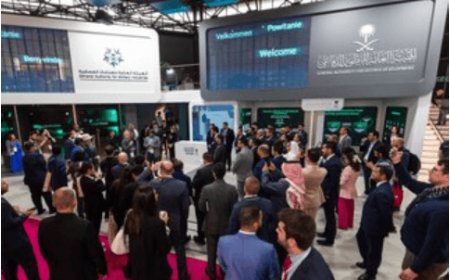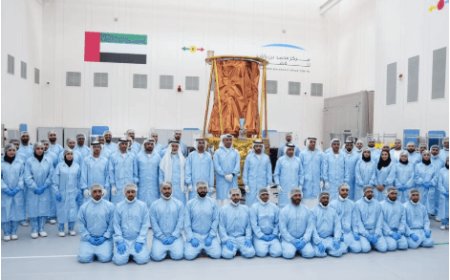Saudi Arabia’s Vision 2030: Powering a Green Revolution Through Renewable Energy
Discover how Saudi Arabia's Vision 2030 is driving a massive shift to renewable energy. With a 50% clean power target by 2030 and a net-zero goal by 2060, the Kingdom is becoming a global leader in solar, wind, and green hydrogen.

Saudi Arabia's Green Revolution: How Vision 2030 is Fueling a Renewable Energy Boom
Saudi Arabia is engineering one of the world's most ambitious energy transitions. As the globe's second-largest oil producer, the Kingdom is now strategically pivoting toward a sustainable future, leveraging its vast resources to become a powerhouse in renewable energy. Driven by its Vision 2030 framework, Saudi Arabia aims to generate 50% of its electricity from renewables by 2030 and achieve net-zero carbon emissions by 2060, marking a historic shift in its economic and energy identity.
The Strategic Imperative: Beyond Oil Dependence
For decades, Saudi Arabia's economy and domestic power grid have been inextricably linked to oil. This reliance, while profitable, presented long-term risks tied to market volatility and global decarbonization trends. Vision 2030 addresses this by championing economic diversification into sectors like construction, tourism, and technology. A cornerstone of this strategy is a fundamental overhaul of the domestic energy mix, replacing liquid fuel burning with clean, cost-effective renewable energy to enhance energy security and fiscal resilience.
Ambitious Targets and Rapid Deployment
The scale of Saudi Arabia's renewable ambition is staggering. The Kingdom has set a target of approximately 130 gigawatts (GW) of renewable capacity by 2030. The momentum is already tangible, with around 10.2 GW currently connected to the grid and an impressive 33 GW more under active development.
To maintain this pace, the government is tendering roughly 20 GW of new renewable capacity annually. This breakneck speed is matched by a major investment in grid stability through large-scale battery energy storage systems (BESS), with 8 GWh already operational and 22 GWh in the pipeline, moving toward a 48 GWh national target by 2030.
Flagship Projects and World-Record Costs
Saudi Arabia is not just building power plants; it is creating global benchmarks. The futuristic $500 billion megacity NEOM is designed to be powered entirely by renewables. At its heart is a massive green hydrogen facility, powered by 3.9 GW of solar and wind energy, set to produce 600 tonnes of carbon-free hydrogen daily.
What makes this transition economically compelling is the record-low cost of Saudi solar and wind power. Recent competitive auctions have resulted in some of the cheapest levelized costs of electricity (LCOE) in the world, making renewables not just an environmental choice, but a superior financial one.
Why the Renewable Pivot is a Masterstroke
This strategic shift delivers multiple transformative benefits:
-
Maximizing Oil Exports: By using solar and wind for domestic consumption, the Kingdom frees up millions of barrels of oil previously used for power generation, allowing for increased export revenue.
-
Driving Down Costs: The plunging cost of solar modules and battery storage technology makes renewables a powerful driver of long-term economic savings.
-
Economic Diversification: The push establishes new industries in green-tech manufacturing, engineering, and services, aligning perfectly with Vision 2030's goal of creating a dynamic, private-sector-led economy.
Navigating the Path Ahead
Despite the rapid progress, challenges remain. Achieving the full 130 GW target requires sustained investment, overcoming technical hurdles like grid integration in a desert environment, and developing a robust local supply chain and workforce. Learning from past project delays will be crucial. Ensuring that the transition creates substantial local jobs and manufacturing will be key to its long-term political and social success.
Also Read: Saudi Arabia Slashes Oil Prices for Asia in Bold Move Reshaping Global Energy Dynamics
Conclusion: From Oil Kingdom to Energy Kingdom
Saudi Arabia's Vision 2030 is successfully redefining the nation from an "oil kingdom" to a comprehensive "energy kingdom." By leveraging its financial strength and optimal geography, the Kingdom is positioning itself as a future anchor of the global clean energy transition—a major exporter of green electrons and molecules like green hydrogen—even as it maintains its vital role as a leading oil supplier. This dual-track strategy secures its economic future while actively participating in the global fight against climate change.
What's Your Reaction?







